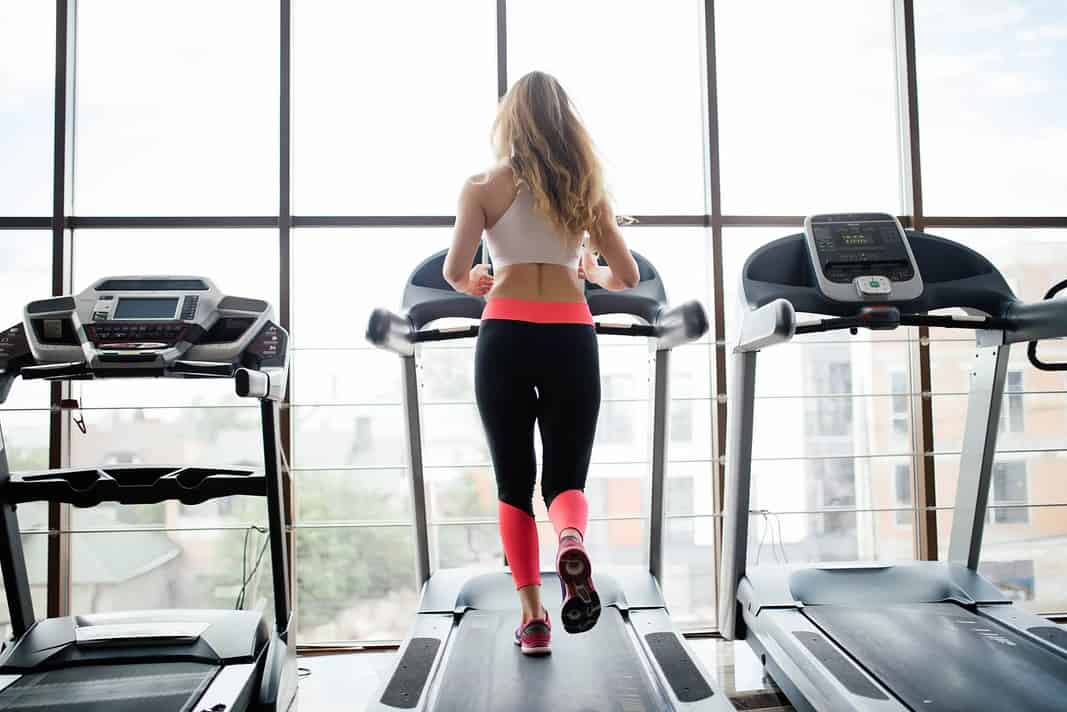Cross-training to supplement your freediving is a topic that is often talked about among freedivers. There is no one-size-fits-all approach to it, and if you listen to top freediving athletes talk about their supplemental training, you will hear each one mention different activities: CrossFit, cardio, swimming, interval training, strength training, yoga, etc. What most of them probably would agree on, though, is that strength, stamina, and flexibility will allow you to keep your form and build your confidence.
The most important part of cross-training for freediving is finding something that builds your general level of fitness that you also find pleasure in doing. It is useless to continually perform an exercise or a workout if you are dreading it beforehand. If you find particular activities that you enjoy doing and that can be worked into your daily life (do not forget to add some variety in there, as well), you will benefit in the long-term compared to concentrating on a particular activity and burning yourself out soon after.
If you particularly enjoy spending time at the gym, then consider adding the following aerobic and anaerobic workouts into your routine to help benefit not only your freediving abilities but your overall level of fitness as well. It is important to note that if you have any pre-existing conditions or injuries, you should always speak to a medical professional before beginning a new exercise regime.
Strength
When we mention strength in freediving, we are not necessarily talking about bulky muscles, which require a strict diet and lifestyle change. Improving your strength with weight lifting (an anaerobic workout) will make it easier to move your body and equipment in the water (whether you prefer bifins, monofin, free immersion, or no fins), will help you to keep your form on a dive, and will allow you to build up less lactic acid. With all weight training, form, technique, and slow progression are key to preventing injuries. If you are not already familiar with these exercises, it is recommended to speak to a trainer to get guidance on how to perform them correctly.
Pull-ups and push-ups
Push-ups and pull-ups work the major muscles of the upper body and are functional, and the best part about them is that you can increase or decrease your load to work for your current fitness level. Use bands or a machine to assist you in pull-ups, and perform push-ups on your knees or at an incline to assist you, or perform negative push-ups on an incline to challenge yourself.
Deadlifts
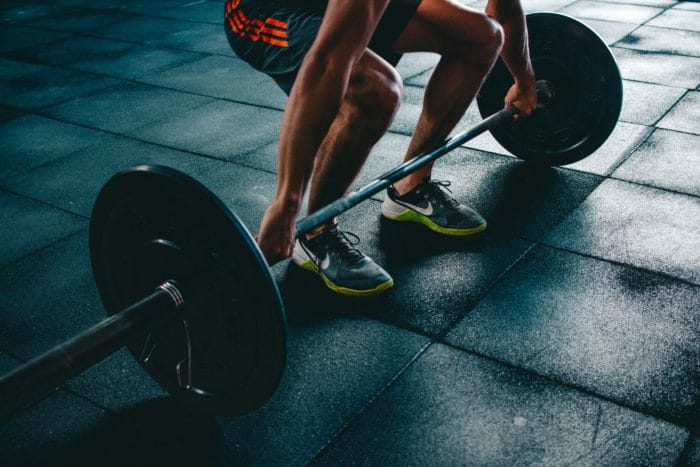
Deadlifts are excellent for freediving as they are both compound and functional, working both the lower body and parts of the upper body. They strengthen your hamstrings, glutes, and upper and lower back, and involve some core, arm, and shoulder strength as well. There are plenty of different variations to them as well depending on the equipment you have access to. Make sure that your form and technique are correct to avoid injury.
Squats
Squats are fantastic for freediving as they work out your core, lower back, glutes, hip abductors and flexors, hamstrings, quadriceps, and calves. There are also plenty of variations of squats that put focus on different muscle groups, and you can start out with bodyweight squats to work your way up to adding weight. Form and technique are vital, so make sure to put focus on both to avoid injury.
Turkish get-ups
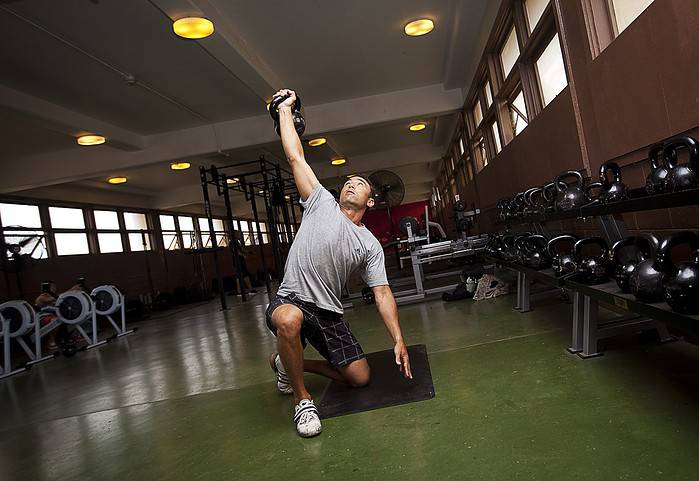
Turkish get-ups work for almost every major muscle group and improve stability, coordination, and mobility. They work your trapezoids, triceps, lats, lower back, glutes, hamstrings, and calves. This is an advanced move that must have the correct form in order to avoid injury, so make sure to perfect your technique before adding heavier weights.
Core
Core strength and stability are essential in freediving, especially for monofin technique. While rock-hard abs are not the goal, stretching and maintaining flexibility while strengthening is what you should aim for, and that is what will help keep your form and make your movements and technique more efficient.
Kettlebell
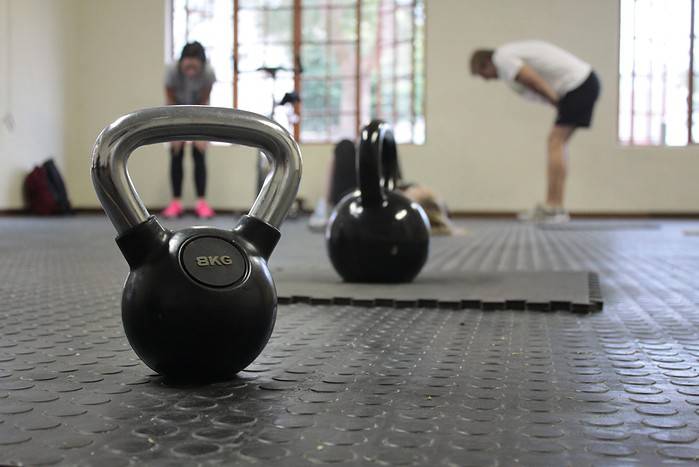
Kettlebell workouts are amazing for your core because they work on both strength and stability, which is an important part of freediving. They are also a full-body conditioning tool and improve functional strength. There are a lot of kettlebell workouts out there, including videos you can workout to and kettlebell classes at gyms, and they will keep your workouts fun and varied.
Pilates
Pilates is known to increase core strength, improve posture, increase flexibility, and prevent injuries. While pilates workouts may look deceptively easy, each move takes a lot of precision and control. It also helps that they are low-impact and usually require little to no equipment. Look for classes at your gym to make it more enjoyable and get more motivation from others around you.
Yoga
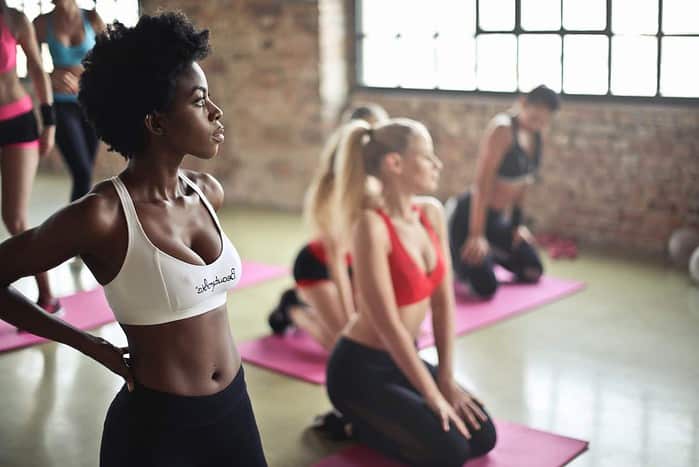
Yoga is a cornerstone of freediving, and they often go hand-in-hand together (with good reason!). Apart from the flexibility, relaxation, stretching, and meditation that yoga focuses on, moving from pose to pose uses a lot of core stabilization, and many yoga poses to tone and strengthens your abdominal muscles. There are many different forms of yoga you can choose from to practice, hundreds of videos online to follow and fairly easy access to yoga classes around the world.
Cardio
Cardio can be both aerobic and anaerobic, and having good cardiovascular fitness means having more efficient blood circulation and more elastic blood vessels, which will help with your muscular oxygenation. Good physical conditioning also brings your heart rate down and allows your body to recover faster. Combine both aerobic and anaerobic training in your cardio sessions, and explore different ways to train your cardiovascular fitness so that you can keep some variety in your workout routine.
Steady-state cardio
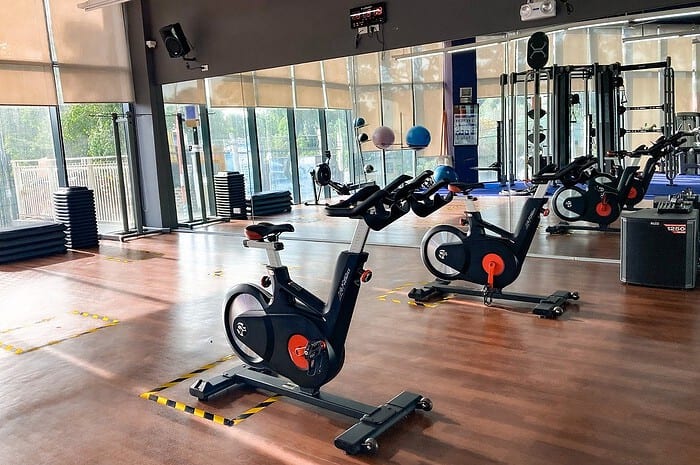
Steady-state cardio (an aerobic activity) means exercising at a consistent speed and level of intensity for the duration of your workout. So whether you choose to swim (if your gym has a pool), run, walk at an incline, bike, row, etc., make sure that it is challenging for you, but also manageable, and keep a speed that you can perform consistently for 20 or more minutes.
High-intensity interval training (HIIT)
HIIT requires maximum effort for short bursts followed by longer intervals of less intense activity. HIIT mixes aerobic with anaerobic, and can be performed with a variety of exercises: running, swimming, biking, jump roping, performing burpees, using weights, etc. They are short but intense, so they should not be performed for consecutive days in a row, and there are many variations of HIIT with different intervals listed online.
Final Thoughts
With any kind of strength training, it is important to balance out your strength gains with stretching, so make sure to stretch before and after your workouts. Not everyone has access to the water year-round, so when you do have the time to train, you may have to tone down your strength or cardio training, but you do not have to eliminate it completely (unless you are about to compete in a freediving competition).
Make sure to include all types of training into your workouts (not just strength or cardio) with activities such as practicing meditation or mindfulness, as freediving is a highly mental sport. Rest is also an important factor that is often looked over. Be conscious of getting enough sleep when training, drinking a lot of water and taking rest days to let your muscles recover. Most importantly, enjoy whatever you are doing to get fit for freediving because, in the end, we freedive for the pleasure it brings us!

